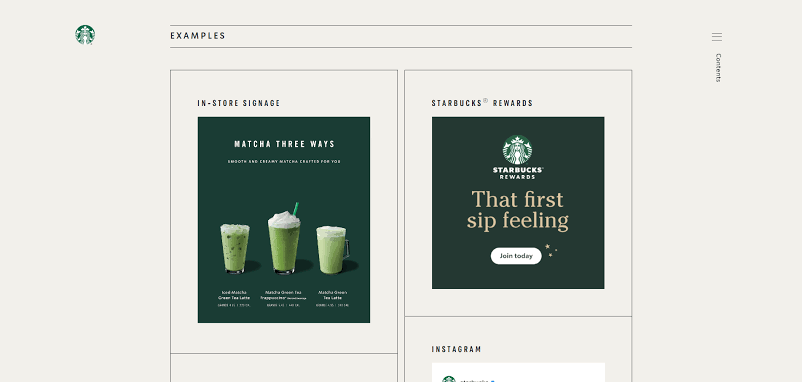
Struggling to stand out? Your authentic brand voice is the key to audience connection and brand loyalty. Discover how to craft a voice that resonates, builds trust, and drives engagement. Learn the secrets of emotional storytelling, consistency, and audience-centric messaging in this guide to unlocking your brand’s true personality.
Table of Contents
- Introduction: Why Authentic Brand Voice Matters
- What is Authentic Brand Voice?
- How to Identify Your Brand’s Unique Voice
- Crafting an Emotional Connection Through Language
- Consistency is Key: How to Maintain Your Authentic Brand Voice
- Common Pitfalls to Avoid When Developing Your Brand Voice
- Conclusion: Start Building Your Authentic Brand Voice Today
Introduction: Why Authentic Brand Voice Matters
Imagine scrolling through social media and coming across a brand that feels like a friend—relatable, engaging, and trustworthy. That’s the power of an authentic brand voice. In today’s saturated digital world, brands that fail to develop a unique personality risk being ignored.
Your brand voice isn’t just about the words you use; it’s about creating an emotional connection with your audience. Whether you’re a small business, personal brand, or corporate giant, an authentic brand voice ensures consistency, trust, and recognition.
In this guide, we’ll break down how to craft a compelling authentic brand voice that not only reflects your values but also deeply resonates with your audience.
What is Authentic Brand Voice?

An authentic brand voice is the distinct personality and tone a brand uses in its messaging. It’s how your audience perceives your brand across different platforms—be it your website, social media, or marketing materials.
A strong brand voice should be:
- Consistent – Messaging should align across all platforms.
- Relatable – Speak directly to your target audience.
- Emotionally Engaging – Evoke trust, excitement, or inspiration.
- Unique – Stand out from competitors with a distinct tone.
Your authentic brand voice isn’t just a marketing tactic—it’s the core of how your brand communicates with the world.
How to Identify Your Brand’s Unique Voice
Before crafting your authentic brand voice, you need to understand your audience and your brand’s core values. Here’s how:
1. Define Your Brand’s Personality
Ask yourself:
- If my brand were a person, how would it speak?
- Is my tone professional, playful, authoritative, or casual?
- What emotions do I want to evoke in my audience?
2. Understand Your Target Audience
Your authentic brand voice should align with your audience’s expectations. Conduct surveys, analyze competitors, and monitor social media conversations to understand what resonates with them.
3. Choose Your Core Messaging Pillars
Your brand voice should revolve around key messaging themes. For example, if you’re a beauty brand, your voice might emphasize confidence, inclusivity, and self-expression.
Crafting an Emotional Connection Through Language
Words have power. An authentic brand voice isn’t just about what you say, but how you say it.
1. Tell Stories, Not Just Sell
Storytelling creates a deeper emotional connection. Share customer success stories, behind-the-scenes content, and real-life experiences to humanize your brand.
2. Use Conversational Language
Avoid robotic, overly corporate messaging. Instead of “Our products are high-quality and effective,” say, “We create beauty products that make you feel unstoppable—because you deserve nothing less.”
3. Align Your Tone With Your Brand’s Identity
- A luxury brand should use sophisticated, elegant language.
- A youth-oriented brand can be playful, quirky, and informal.
- A professional brand should sound knowledgeable yet approachable.
Consistency is Key: How to Maintain Your Authentic Brand Voice
Consistency builds trust. If your tone changes across platforms, your audience will feel disconnected. Here’s how to stay consistent:
1. Create a Brand Voice Guide
Document your authentic brand voice with guidelines on tone, language, and messaging. This ensures that everyone on your team maintains the same voice.
2. Adapt Without Losing Authenticity
While your voice should remain consistent, adapt it to different platforms. Your LinkedIn post might be more professional, while your Instagram captions can be fun and engaging.
3. Regularly Audit Your Content
Revisit your content to ensure it aligns with your authentic brand voice. If necessary, refine your messaging based on audience feedback.
Common Pitfalls to Avoid When Developing Your Brand Voice
Even the best brands can make mistakes when establishing their voice. Here are the top pitfalls to avoid:
1. Being Too Generic
A weak, bland brand voice fails to leave an impact. Be bold, have an opinion, and differentiate yourself from the competition.
2. Trying Too Hard to Be Trendy
Using Gen Z slang or memes just because they’re trending can backfire. If it doesn’t align with your brand’s personality, it will feel forced.
3. Ignoring Audience Feedback
Your authentic brand voice should evolve with your audience. Pay attention to comments, reviews, and engagement metrics to refine your approach.
Conclusion: Start Building Your Authentic Brand Voice Today
An authentic brand voice is the key to long-term brand success. By developing a consistent, engaging, and emotionally driven voice, you can create stronger connections with your audience and build brand loyalty.
Ready to transform your messaging? Start defining your brand’s personality, understand your audience, and craft stories that resonate. Your audience is waiting—let your authentic brand voice shine.





